Hunter Marine Hunter 23 User manual
Other Hunter Marine Boat manuals
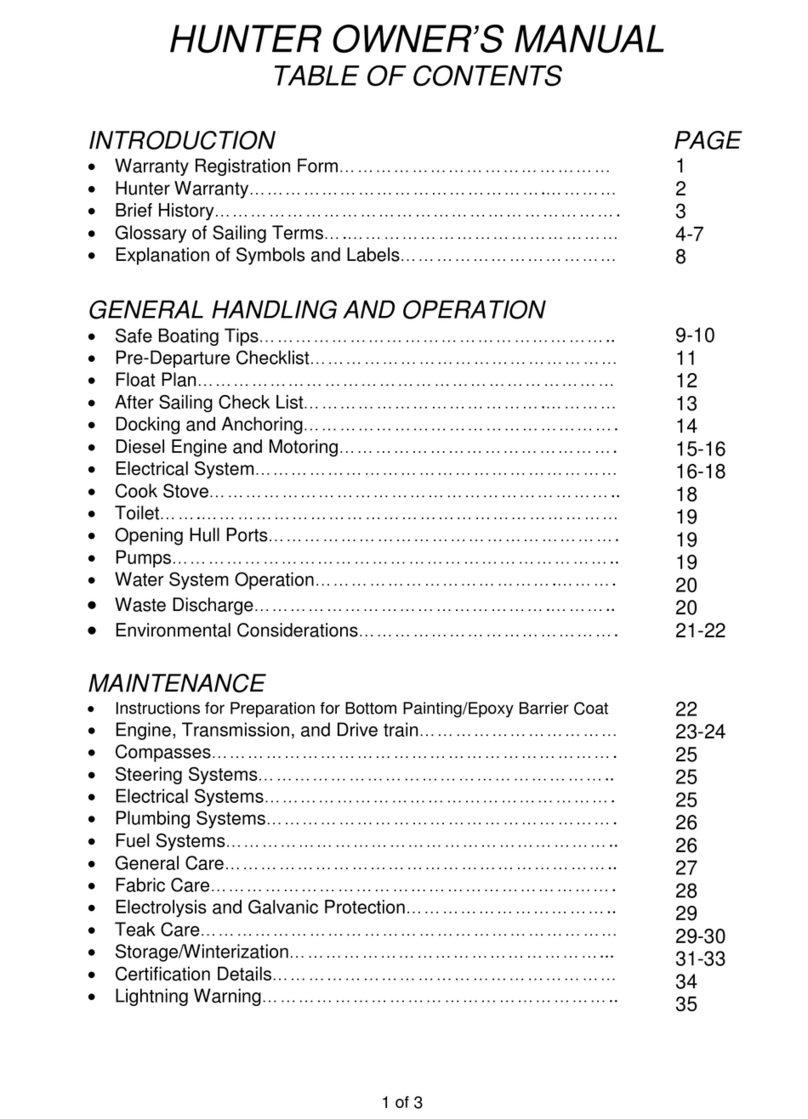
Hunter Marine
Hunter Marine 2004 models User manual

Hunter Marine
Hunter Marine 386 2003 User manual

Hunter Marine
Hunter Marine 2006 Sailing Yacht User manual

Hunter Marine
Hunter Marine 410 User manual

Hunter Marine
Hunter Marine H36 User manual
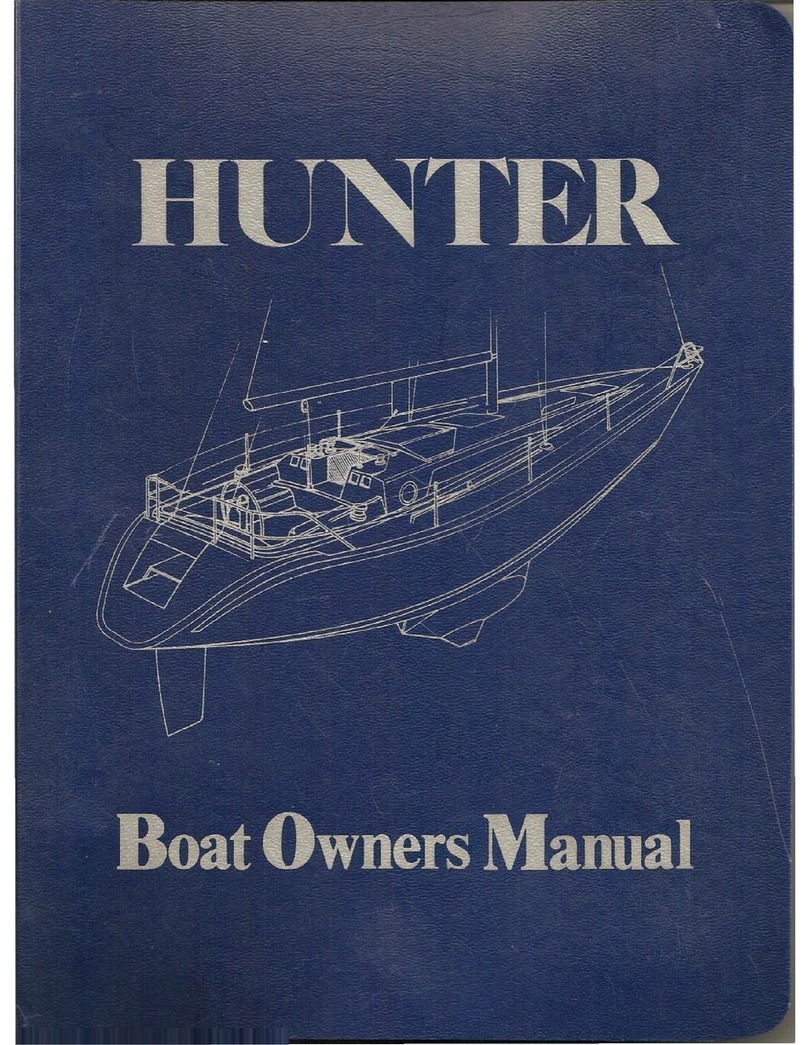
Hunter Marine
Hunter Marine Legend User manual

Hunter Marine
Hunter Marine H31 User manual
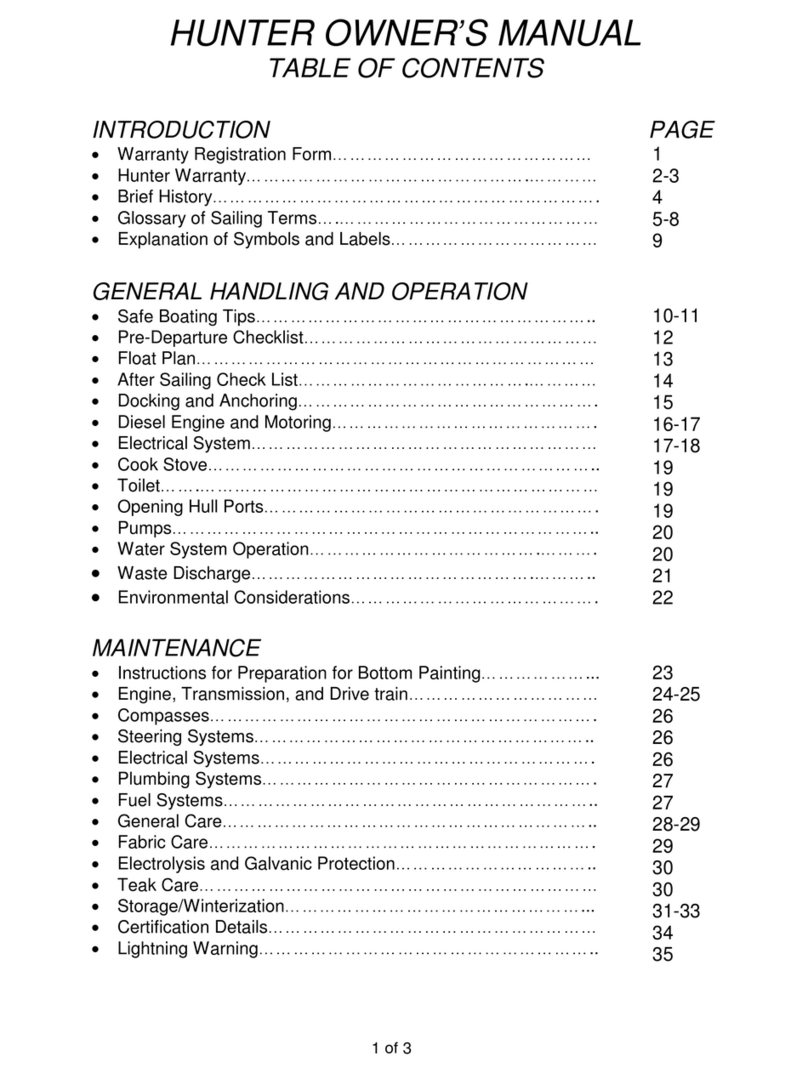
Hunter Marine
Hunter Marine H33 User manual
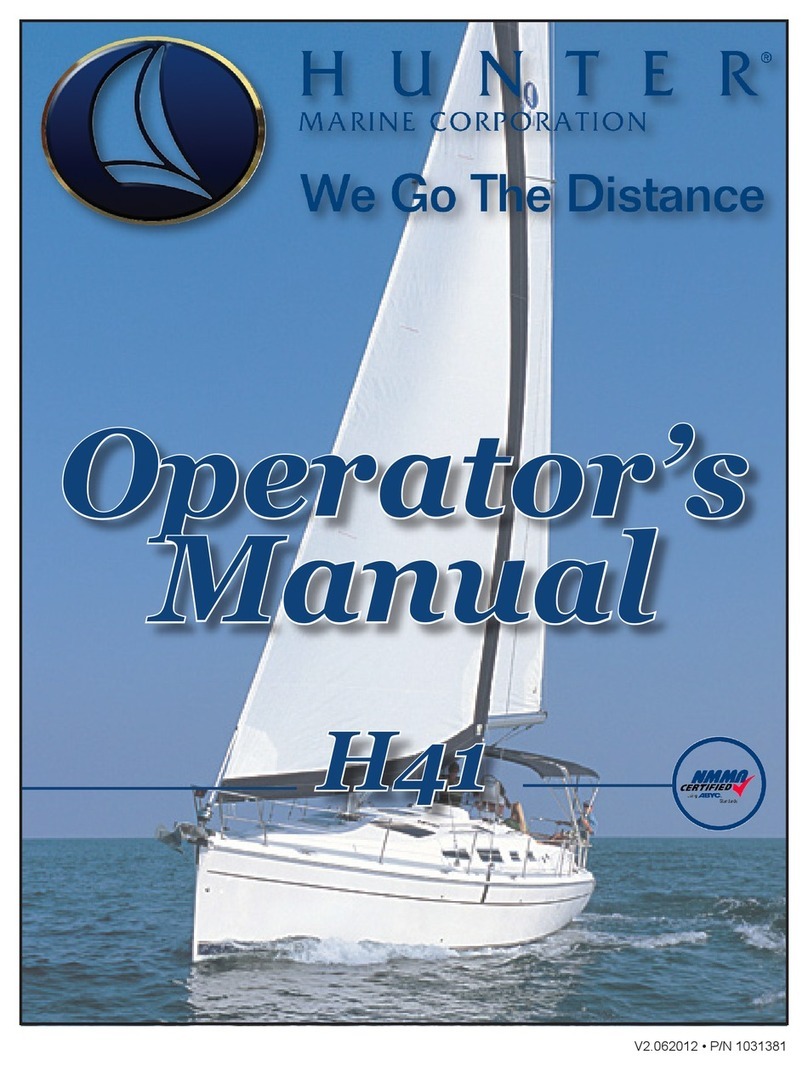
Hunter Marine
Hunter Marine H41 User manual

Hunter Marine
Hunter Marine HUNTER 25 User manual
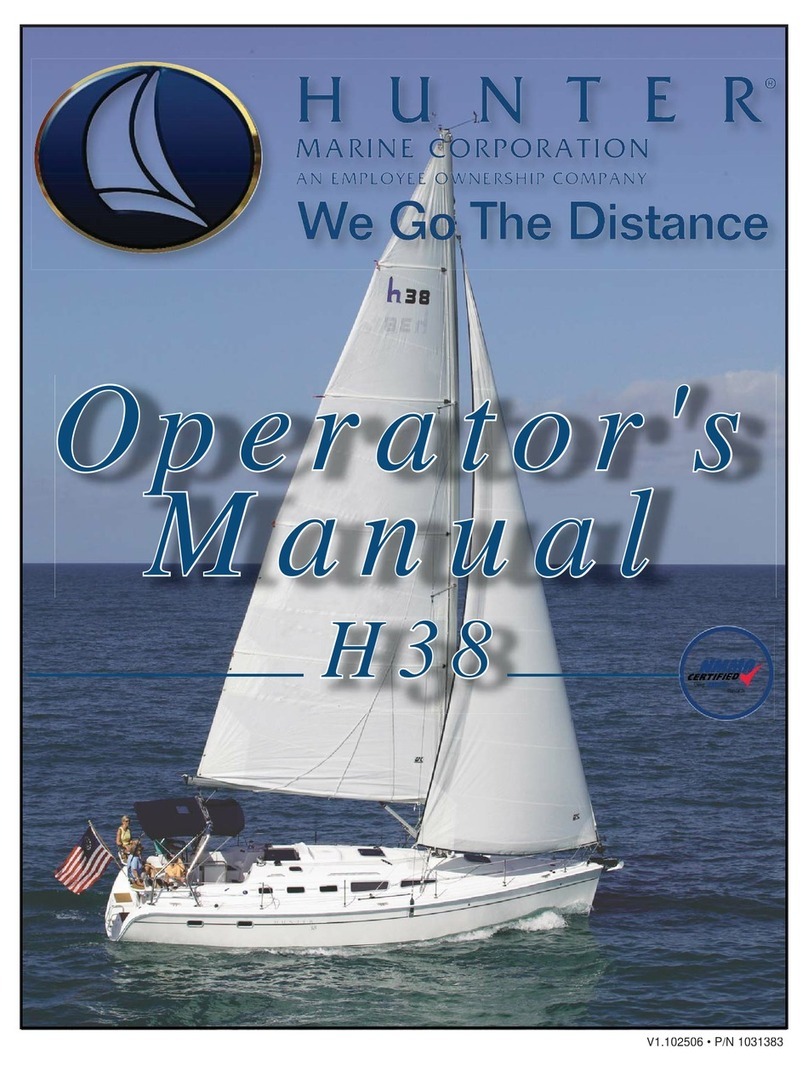
Hunter Marine
Hunter Marine H38 User manual
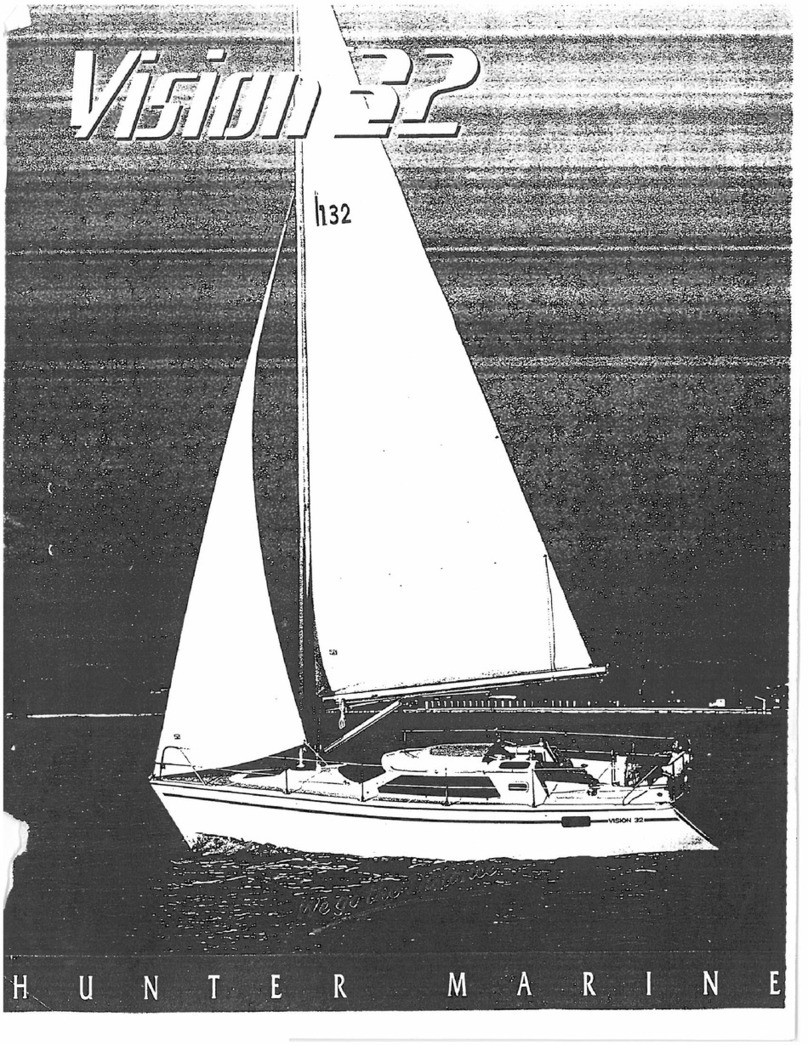
Hunter Marine
Hunter Marine Vision 32 User manual

Hunter Marine
Hunter Marine H39 User manual

Hunter Marine
Hunter Marine Hunter JY15 User manual
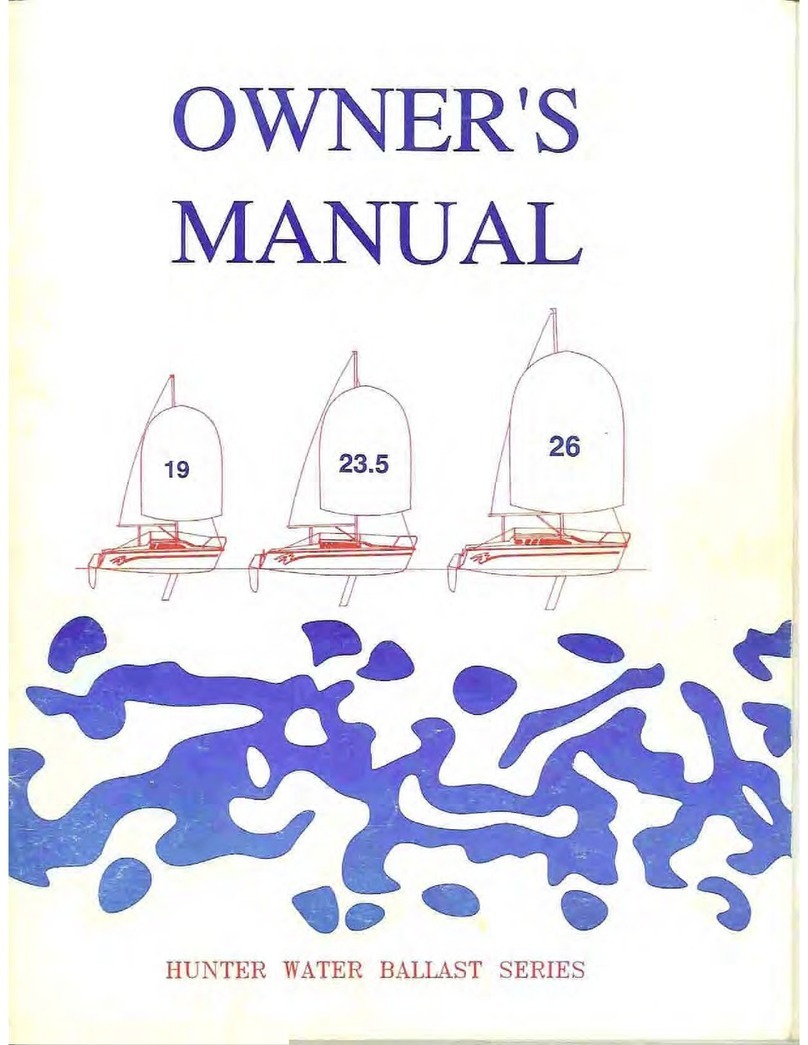
Hunter Marine
Hunter Marine H19 User manual

Hunter Marine
Hunter Marine sailing yacht User manual

Hunter Marine
Hunter Marine Hunter 170 User manual
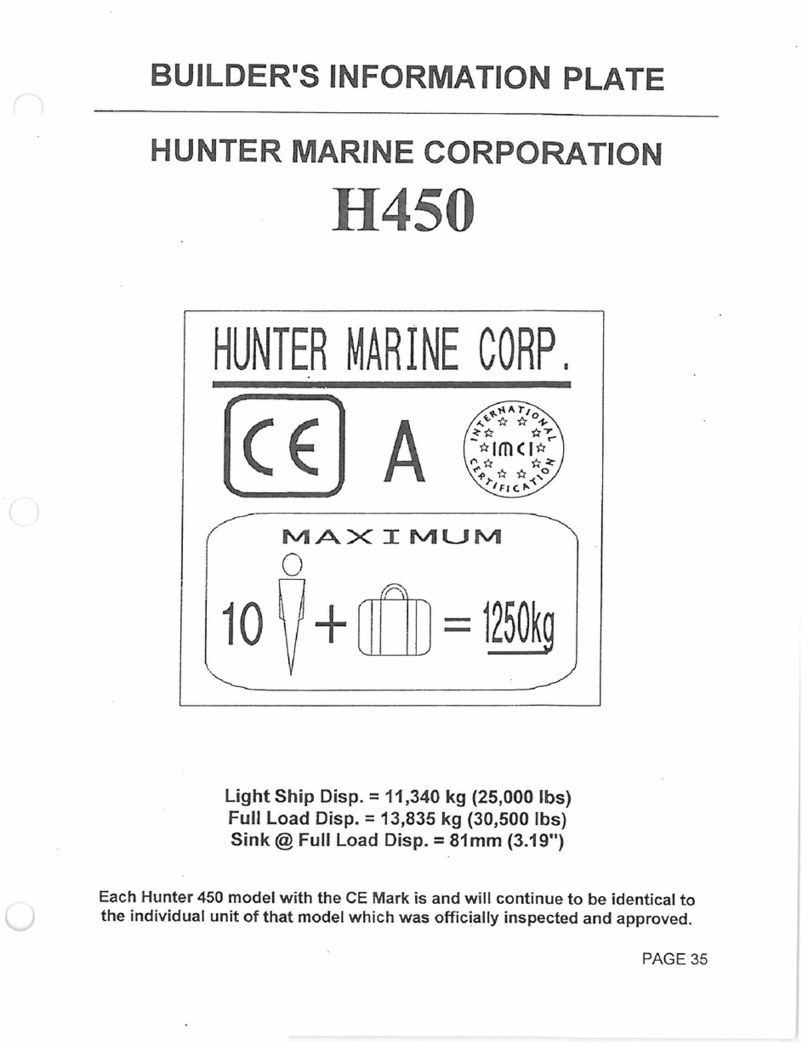
Hunter Marine
Hunter Marine H450 Owner's manual

Hunter Marine
Hunter Marine 45CC User manual
Popular Boat manuals by other brands

Jeanneau
Jeanneau SUN ODYSSEY 41 DS owner's manual

Meridian
Meridian 490 Pilothouse owner's manual

Advanced Elements
Advanced Elements AdvancedFrame Expedition AE1009 owner's manual

Robo Marine Indonesia
Robo Marine Indonesia GEOMAR user manual

Swallow Boats
Swallow Boats BayRaider owner's manual

X SHORE
X SHORE EELEX 8000 owner's manual





















